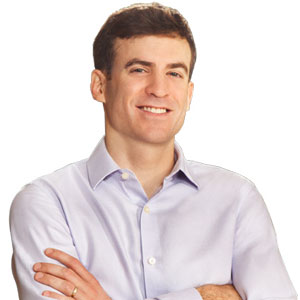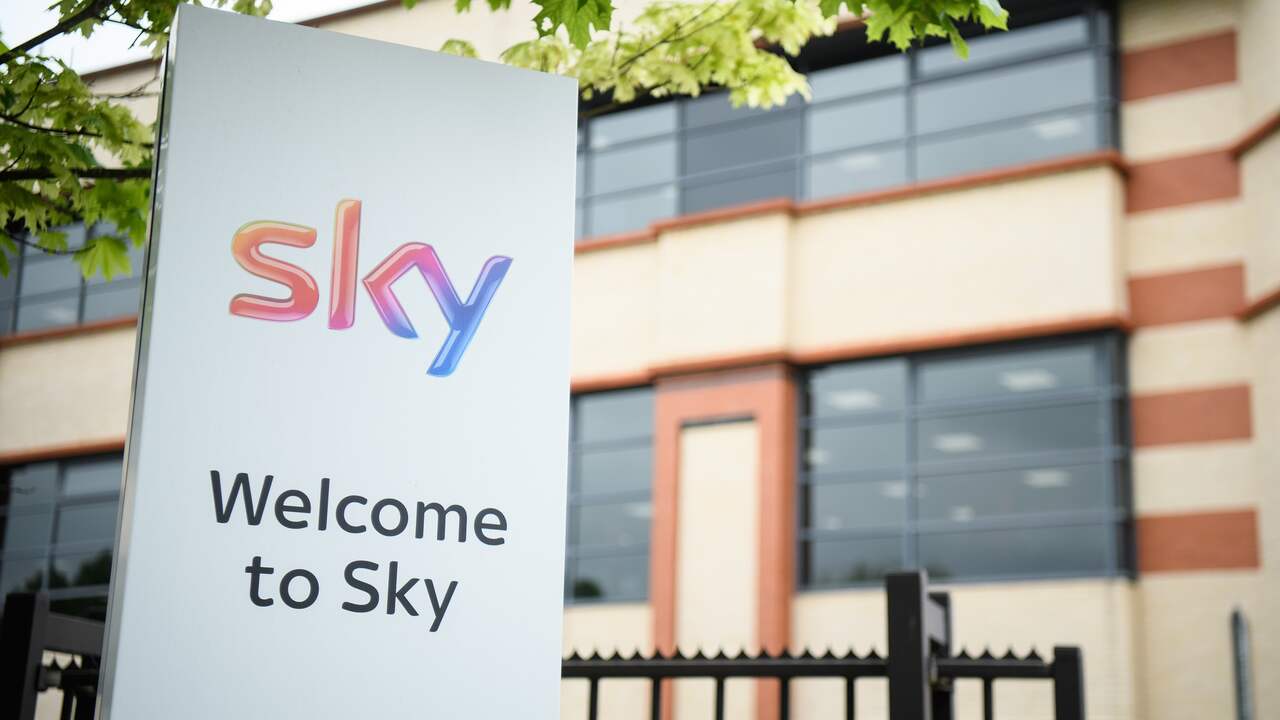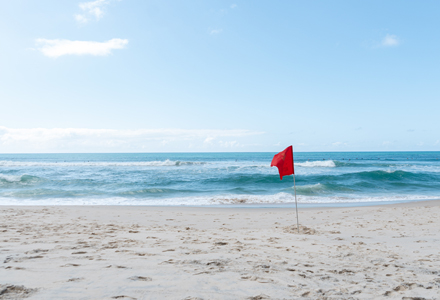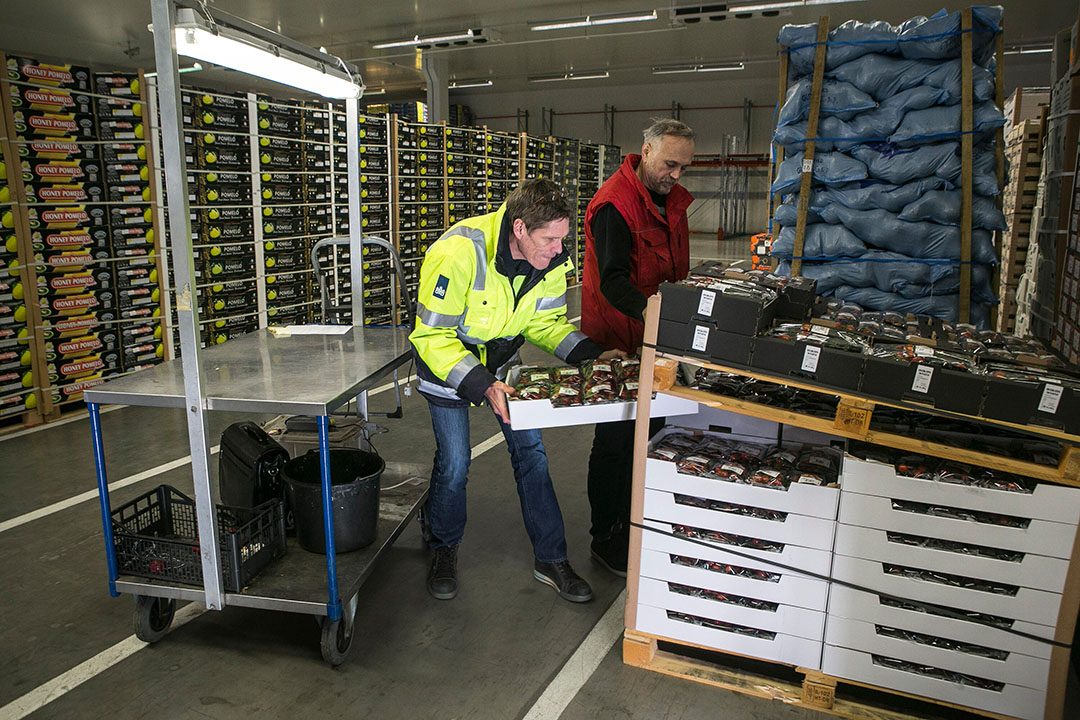In addition to the drink of the same name, the lender also makes Fanta, Sprite, Aquarius, Minute Maid and Chaudfontaine. Thanks to this investment, Cure can now expand its factory in Emmen, Drenthe.
Cure uses its technology to cut plastic bottles into pieces, so that CCEP (or other customers) can make new bottles from them. What’s special is that Cure can extract dye from polyester. This means the new bottles can also be transparent. Until now it has been very difficult.
Special factory for Coca-Cola
In addition, the financing also makes it possible to build a new factory, also in Emmen. It should be ready by 2023. Eventually, there will have to be another factory. The big one, made especially for CCEP. It is a separate company, listed on its own stock exchange in Amsterdam. CCEP is the world’s largest independent bottler.
It is not yet known exactly where the factory will be located, said Cure CFO Josse Kunst. He thought somewhere in Northwestern Europe. However, Art emphasized that his current focus is on expanding the pilot factory and building a new factory.
CCEP is not only active in the Netherlands, but in one country most of Western Europe, including Germany, France, Spain, Belgium, England, Norway and Sweden. By 2023, the company wants half of the plastic bottles it makes to be made from recycled polyester.
‘A fantastic start, but it’s a start’
Both parties did not want to say how much money was involved in the CCEP investment. The agreement with Coca-Cola is a fantastic start, Kunst said. Although he said that this was ‘the beginning’.
After all, packaging accounts for only a third of all polyester consumed, according to Kunst. Ultimately, he wants to ensure that Cure can also reuse other types of polyester, such as clothing and food plastics.
Only 9 percent is recycled
Worldwide, 75 billion kilos of polyester are produced per year and only 9 percent is reused. The rest ends up in landfill.
Even though polyester is one of the most commonly used types of plastic, its weakness is that 91 percent of it cannot be recycled because it contains dyes.
However, with Cure technology, Fanta orange bottles (which also belong to Coca-Cola) can also be reused. “As far as we know, petroleum no longer needs to be used to make polyester,” said the CFO. This saves a lot of energy and therefore pollutes the environment.
More work
Cure’s current investment allows it to stimulate employment. About 10 people now work at the pilot plant, which “will definitely be expanded 100 percent,” Kunst said. The new factory in Emmen will create more jobs, but Kunst did not want to say how many jobs.
Cure is also talking to parties in the US and Asia about recycling polyester there as well. He let it happen. This can be done, for example, through permits, joint ventures, or our own factories, Kunst said. This can of course also be done with Coca-Cola, he said when asked.

“Incurable alcohol fan. Proud web practitioner. Wannabe gamer. Music buff. Explorer.”







